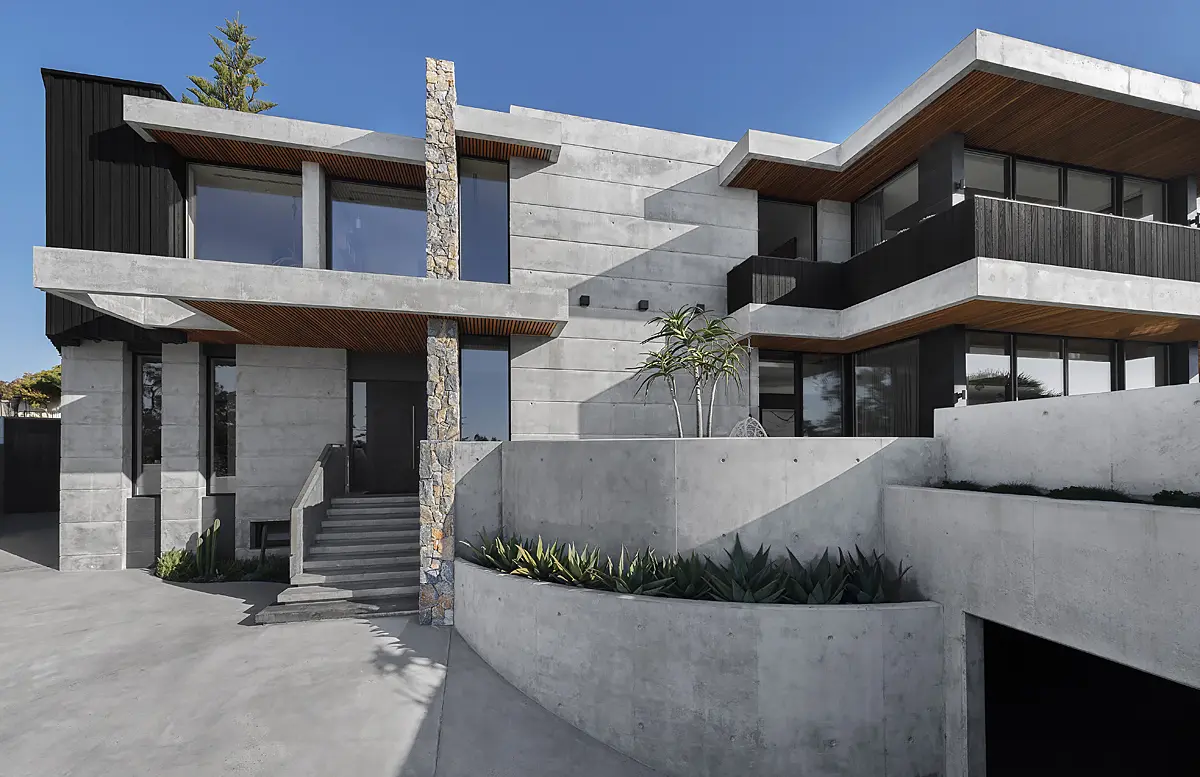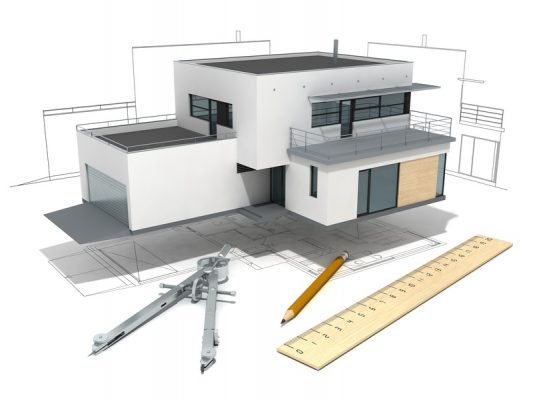Top Residential Architects Offering Innovative Designs for Your Home Projects
Top Residential Architects Offering Innovative Designs for Your Home Projects
Blog Article
Top Fads in Residential Design You Should Understand About
As domestic design continues to progress, numerous compelling trends are shaping the way we develop and occupy our living areas. Secret growths such as lasting structure practices, the integration of smart home technology, and the rise of modular homes underscore a significant shift towards both functionality and environmental responsibility.
Sustainable Building Practices
An enhancing number of residential projects are embracing lasting structure techniques, driven by an expanding understanding of environmental impact and energy efficiency. This change is identified by the combination of green products, energy-efficient styles, and ingenious building methods. Builders and home owners are significantly focusing on making use of renewable sources, such as bamboo and recycled steels, which not only reduce the carbon impact however also boost the longevity and visual appeal of homes.
Incorporating energy-efficient systems is an additional important element of lasting building - residential house architect. Features such as high-performance insulation, energy-efficient home windows, and solar panels are coming to be requirement in new property designs. These components not only add to lower power consumption yet also give considerable lasting cost savings for home owners
Additionally, the layout of lasting homes frequently highlights all-natural light and ventilation, minimizing the reliance on fabricated illumination and environment control systems. Landscape design techniques, such as xeriscaping, additional advertise sustainability by lessening water usage.
As the need for sustainable living options proceeds to increase, the household architecture market is positioned to innovate and adapt, guaranteeing that future homes are not just environmentally accountable yet also comfortable and practical for their passengers. - residential house architect
Smart Home Modern Technology
Smart home technology is reinventing the means homeowners communicate with their living areas, boosting energy, safety and security, and comfort administration. This cutting-edge strategy incorporates numerous tools and systems, permitting customers to regulate their homes from another location or via automated procedures. Central to this pattern is making use of wise tools such as thermostats, lighting, protection cameras, and devices, all connected through the Web of Things (IoT)
One of one of the most appealing features of smart home technology is the ability to tailor setups for optimum power effectiveness. House owners can keep track of energy use and readjust air conditioning, illumination, and heating based on their routines, dramatically minimizing utility costs. Furthermore, innovative safety systems geared up with clever locks and security video cameras provide tranquility of mind, allowing remote surveillance and informs to prospective security violations.
Integration with voice-activated assistants boosts user experience, enabling homeowners to manage gadgets with easy voice commands. As modern technology continues to progress, the potential for wise home systems to boost lifestyle expands, making them a crucial consideration in modern-day domestic style. Ultimately, wise home modern technology is not just a trend however a basic shift toward a lot more smart living environments.
Open Idea Living
Open up principle living has become a defining function in modern residential design, defined by the elimination of typical obstacles between spaces. This design viewpoint advertises fluidness and connectivity within the home, enabling a smooth change in between locations such as the cooking area, dining, and living rooms. By eliminating walls and dividers, open principle formats develop a feeling of space, cultivating a welcoming environment that improves social communication.

Additionally, this approach to property design straightens with minimalism, concentrating on practical simplicity and aesthetic comprehensibility. Property owners value the flexibility of these formats, which can be easily adapted to reflect individual design through furnishings setup and design. As open principle living continues to get grip, it remains a testament to evolving household dynamics and the need for homes that enhance link and comfort.
Biophilic Design
Biophilic layout has become significantly significant in property style, emphasizing the innate link in between humans and nature. This layout ideology looks for to incorporate all-natural elements into living areas, thereby fostering a sense of wellness and boosting the lifestyle for occupants. By incorporating functions such as natural light, check my source greenery, and natural products, biophilic design promotes a harmonious relationship between indoor environments and the natural world.
Crucial element of biophilic style include big home windows that supply unhampered sights of exterior landscapes, living wall surfaces that present plant into interiors, and open floor plans that encourage airflow and natural light penetration. Water features, both within and outside the home, offer to develop calming environments and improve sensory experiences.
Moreover, the use of sustainable materials not only sustains ecological stewardship however likewise contributes to healthier interior air top quality. As understanding of environmental issues boosts, homeowners are increasingly focusing on styles that show their connection to nature. Essentially, biophilic layout not only elevates visual charm however also addresses psychological and psychological demands, making it an essential pattern in contemporary household design.
Modular and Prefab Homes

Additionally, prefab and modular homes are created with sustainability in mind. Lots of makers make use of environmentally friendly materials and energy-efficient systems, such as solar why not check here panels and progressed insulation strategies, adding to minimized power usage and lower utility expenses for house owners. The versatility of layout options permits customization, dealing with varied aesthetic preferences and useful needs.
As the demand for budget-friendly housing continues to climb, prefab and modular homes present a viable remedy, attending to both economic and ecological obstacles. Neighborhoods are increasingly identifying the capacity of these frameworks, incorporating them into rural and city settings. On the whole, the pattern toward prefab and modular homes represents a change toward more lasting, efficient, and versatile living environments, making them a crucial element of modern property architecture.
Verdict
In final thought, the advancing landscape of property style showcases considerable fads that prioritize innovation, sustainability, and well-being. Lasting building techniques and wise home modern technologies improve efficiency and convenience, while open concept living and biophilic design foster social communication and a link to nature. Furthermore, the increase of prefab and modular homes offers adjustable and inexpensive options, mirroring a broader shift towards practical and liable living. These patterns collectively highlight a commitment to producing innovative and unified domestic settings.
Trick growths such as sustainable building practices, the assimilation of clever home innovation, and the increase of modular homes underscore a significant change in the direction of both functionality and environmental duty.The surge of prefab and modular homes has transformed the household design landscape, providing innovative remedies for effective and sustainable living.Moreover, prefab and modular homes are developed with sustainability in mind. Overall, the fad toward modular and prefab homes indicates a change toward extra sustainable, efficient, and versatile living environments, making them a crucial element of contemporary property architecture.
Lasting building techniques and smart home modern technologies improve efficiency and comfort, while open concept living and biophilic layout foster social interaction and a link to nature.
Report this page